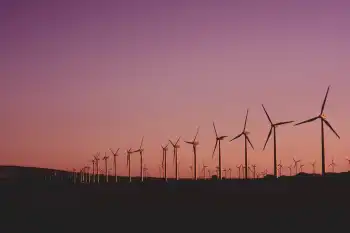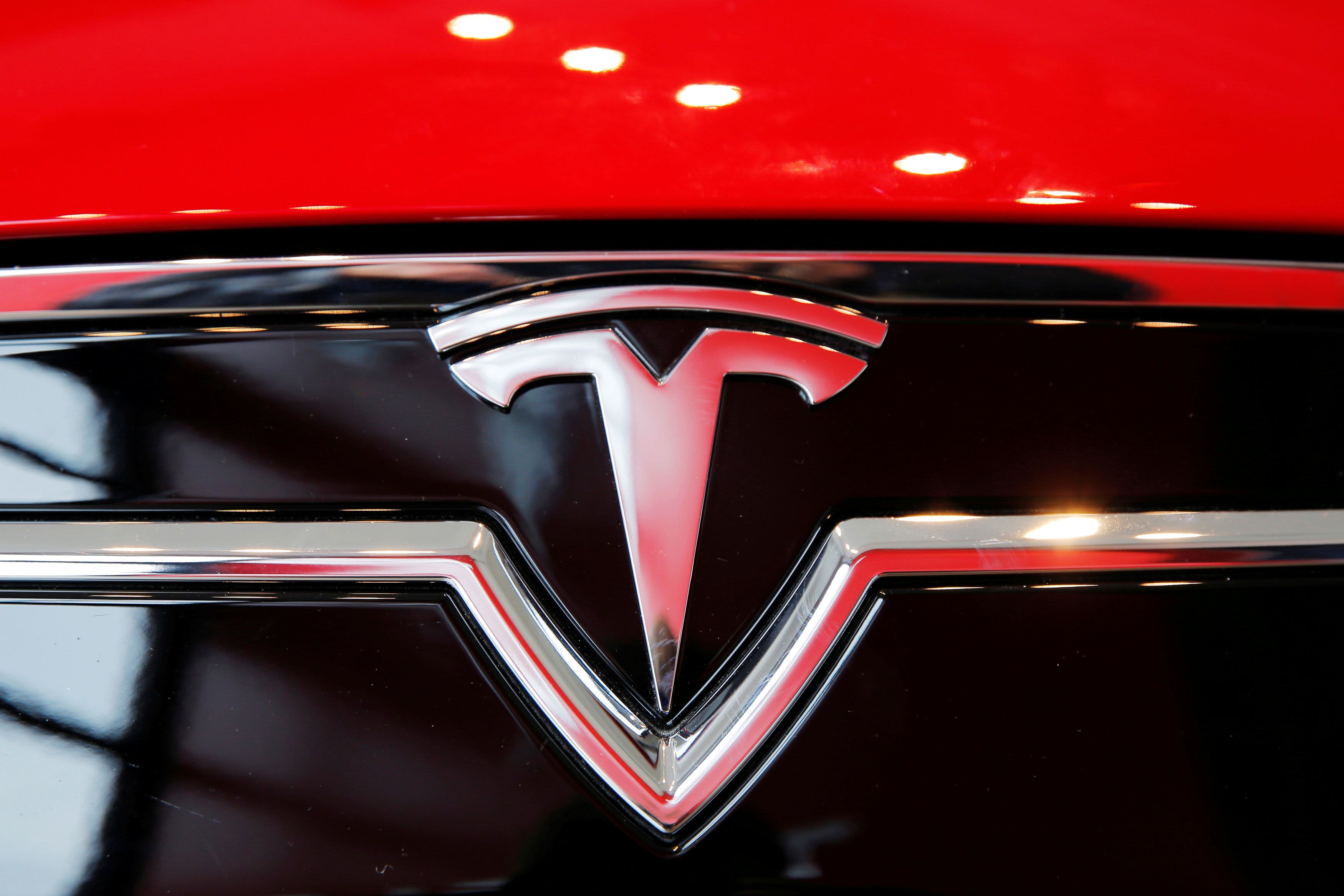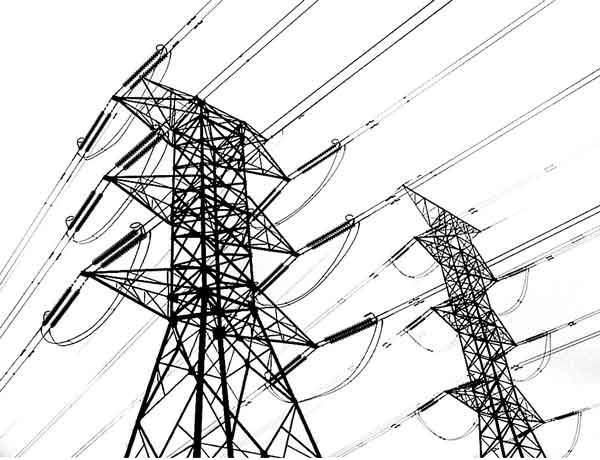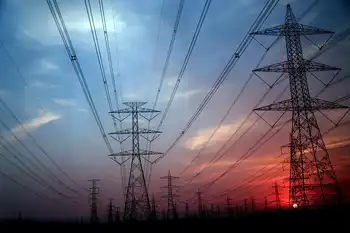U.S. green economy needs plan to hit potential: study
By Reuters
Arc Flash Training CSA Z462 - Electrical Safety Essentials
Our customized live online or in‑person group training can be delivered to your staff at your location.

- Live Online
- 6 hours Instructor-led
- Group Training Available
U.S. clean economy jobs grew at rate of 9.1 percent from 1998 to 2007 to 770,385, faster than overall jobs during the decade, said the Pew Charitable Trusts study, which aims to set a baseline to judge how well public policies and investments foster green jobs in the future. In contrast, the traditional energy economy of oil, natural gas, and coal employed about 1.2 million workers in 2007.
"We do believe our report points to trends that show a very promising future for the clean energy economy," Lori Grange, an expert on state policies at the Pew Charitable Trusts, told reporters in a teleconference.
"This sector is poised for explosive growth."
President Barack Obama has said he wants to create millions of "green collar" jobs.
In order to create that work force, more and wider policies are needed, according to the report, which can be found at www.pewtrusts.org/cleanenergyeconomy.
"The (U.S. stimulus bill) has made important investments in spurring economic recovery and protecting the environment," said Phyllis Cuttino, the director of the U.S. global warming campaign at the Pew environment group.
Despite the recession, innovation in the clean economy should continue to rise due to venture capital investments, the cost of fossil fuels, and state and federal policies such as the stimulus bill, the report said.
"But it has to be paired with additional federal policies that support and speed the transition to a clean energy economy. To do so, Congress and the Obama administration must work together to pass comprehensive global warming and energy legislation," Cuttino said.
Obama's stimulus bill included more than $60 billion for clean energy, including $11 billion to modernize the power grid to move energy from renewable energy projects to the cities and $2 billion in grants to develop better batteries for cars.
Obama also supports a comprehensive federal energy plan that would launch a "cap and trade" market on greenhouse gases and national mandates that would force power companies to generate a portion of their electricity from renewable sources such as wind and solar power. An energy bill that would create such a market and mandates is working its way through the House of Representatives, but its future in the Senate is uncertain.
The report showed that states that were early leaders in forming so-called "renewable portfolio standards" that require generation from renewables have also been some of the best in drawing green jobs.
California led the country in the number of clean economy jobs in 2007 with more than 125,000 workers. Texas had nearly 56,000 such workers that year and Pennsylvania had nearly 39,000.











